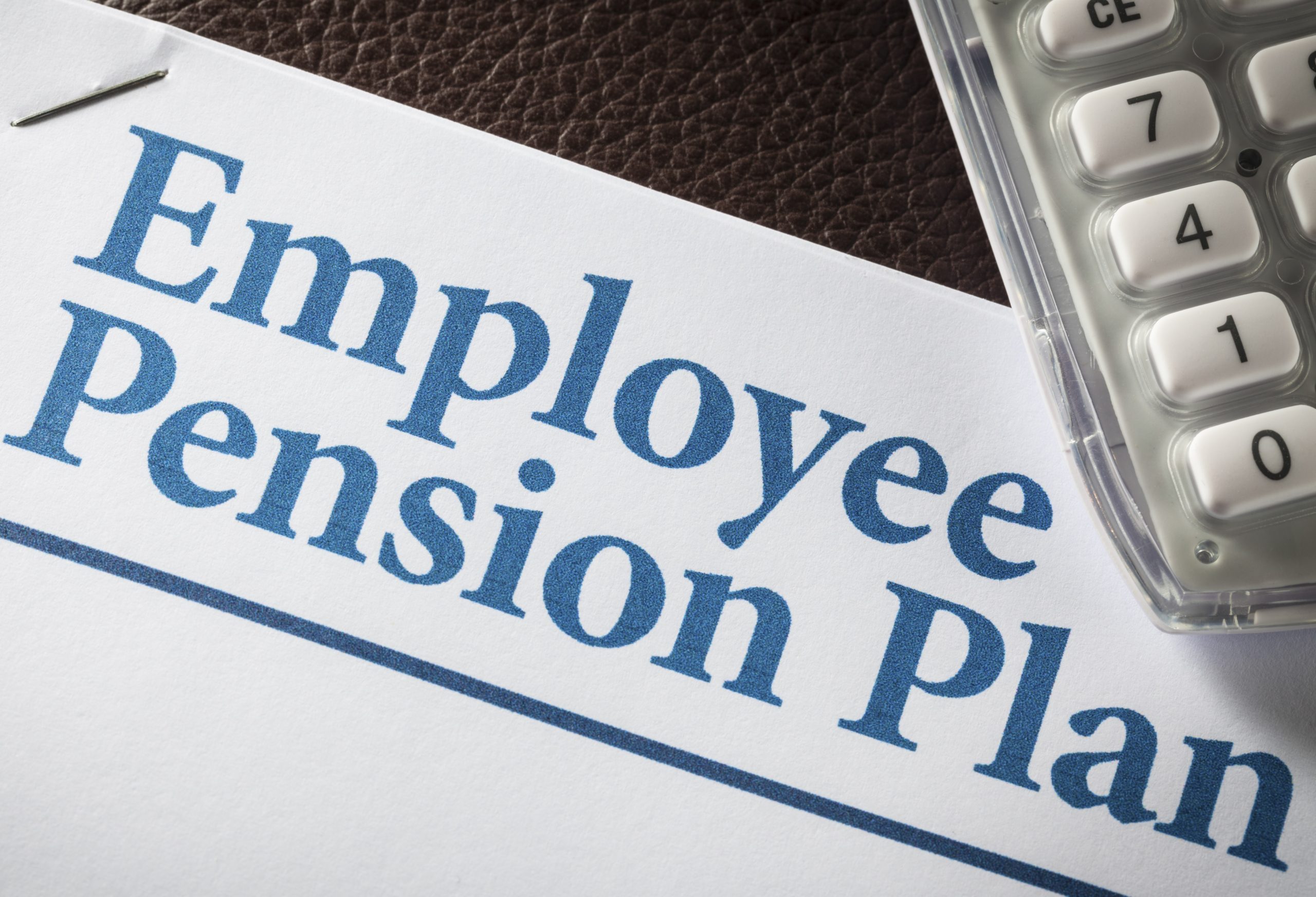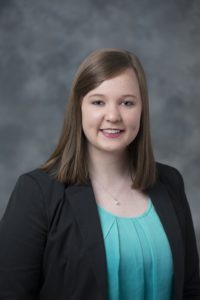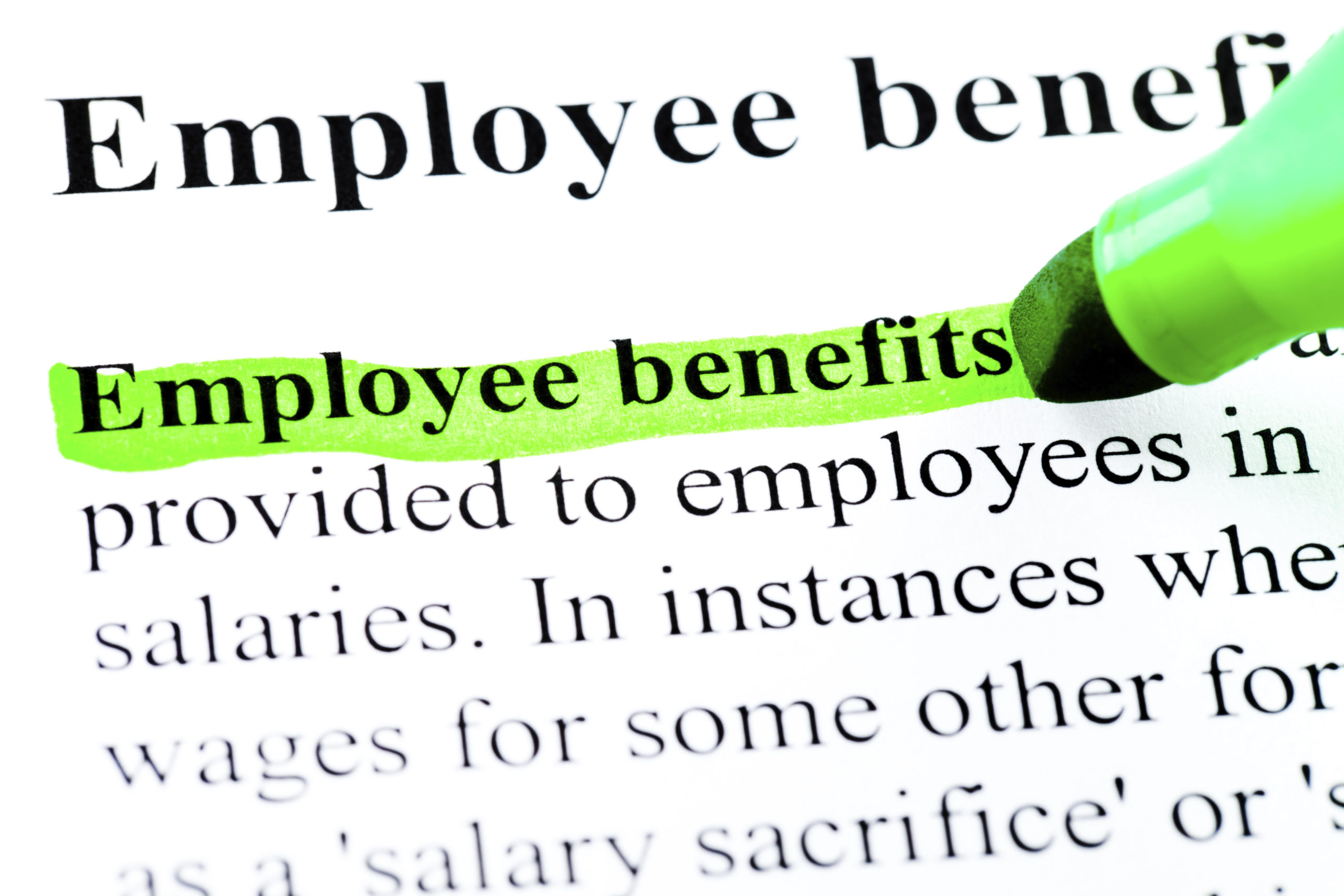
On January 10, 2024, the U.S. Department of Labor published a final rule revising guidance to distinguish the status of employees versus independent contractors. The rule will be effective March 11, 2024 and rescinds the Independent Contractor Status Under the Fair Labor Standards Act rule published in 2021. The intent of this final rule is to help reduce the risk that employees are misclassified as independent contractors. The rule also provides guidance for organizations utilizing independent contractors to supplement their staffing needs and assist with special projects. The risk of misclassifying employees as independent contractors is that employees may be denied minimum wage, overtime pay, and other protections.
To assess if a worker is an employee or independent contractor, the final rule provides six factors that organizations and workers should consider:
Opportunity for Profit or Loss Depending on Managerial Skill: Does the managerial skill set of the worker affect their economic success or failure? If a worker has no opportunity for a profit or loss, then this would suggest that they are an employee. Workers though often carry out managerial type functions and have advanced level skill sets, but they still should be classified as employees. The following factors can be helpful in making this determination:
-Can the worker determine on their own the pay for the work they are providing? Can they meaningfully negotiate the level of pay outside of a formal review process?
-Does the worker have the autonomy to accept or decline jobs or do they have control over when they perform certain jobs?
-Does the worker perform marketing, advertising and other efforts to expand their business and leverage more opportunities for additional work?
-Does the worker have the ability to make hiring and termination decisions? Can they make decisions to purchase materials and equipment, and/or enter into lease agreements for office space rentals?
Investments by the Worker and the Potential Employee: Are any investments by a worker capital or entrepreneurial in nature? Costs to a worker such as the purchase of tools to perform a specific job and costs that the employer imposes on the worker are not capital or entrepreneurial investments that indicate independent contractor status. Investments such as increasing the worker’s ability to do different types of more work for a broader segment of industries, reducing costs to perform their work, or extending their reach in different geographic markets may indicate independent contractor status.
Degree of Permanence of the Work Relationship: Is the work relationship indefinite in duration, continuous, or exclusive of work for other employers? These factors likely classify employee status. Is the work relationship indefinite in duration, non-exclusive, project-based, or sporadic based on the worker being in business for themself and marketing their services or labor to multiple businesses? All of these criteria would weigh in favor of the worker being an independent contractor. Work of a seasonal or temporary nature, or instances where an individual cannot perform work on a permanent basis due to operational characteristics that are unique to a particular business and the workers they employe, would not necessarily indicate independent contractor status unless the worker is exercising their own independent business initiative.
Nature and Degree of Control: Does the employer have control over the performance of the work and economic aspects of the working relationship? Actions taken by the potential employer that go beyond compliance with specific, applicable federal, state, tribal, or local laws or regulations and instead serve the potential employer’s own compliance methods, safety, quality of control, or contractual or customer service standards may be indicative of control. Criteria to consider regarding employer control is whether the employer does the following:
-sets the worker’s schedule and location of work
-supervises the performance of the work including holding regular evaluations of the worker’s performance
-establishes restrictions on the workers ability to perform work for others
-uses technological means to supervise the performance of the work
-disciplines and terminates workers
-controls the economic aspects of the working relationship such as setting the rates for the services and controlling the marketing of the services or products provided by the worker
Extent to Which the Work Performed is an Integral Part of the Potential Employer’s Business: If the work being performed is considered critical or central to the business, then this indicates the worker is classified as an employee. If the work being done is not considered crucial to the business, then this factor indicates that the worker is an independent contractor. This factor does not focus on whether any individual worker is an integral part of the business and instead focuses on whether the function they perform is an integral part of the business.
Skill and Initiative: Does the worker use specialized skills to carry out their work and do those skills contribute to business-like initiatives outside of the specific role they are performing? If the worker relies on training from their organization and does not utilize specialized skills contributing to business-like initiatives outside of the organization they work for, this may indicate the worker is an employee. Of course, many employees do bring specialized skills to the table. However, if the worker does bring specialized skills that are directly connected to business-like initiatives on a wider scale independent of their organization this may indicate independent contractor status.
There isn’t one sole factor or subset of factors that will accurately determine if a worker is an employee or independent contractor. It is essential that your organization carefully examine all the circumstances of the relationship as these situations can be very specific and unique to your organization. The Department of Labor offers a compliance guide that may be of use in helping you make these important determinations.





